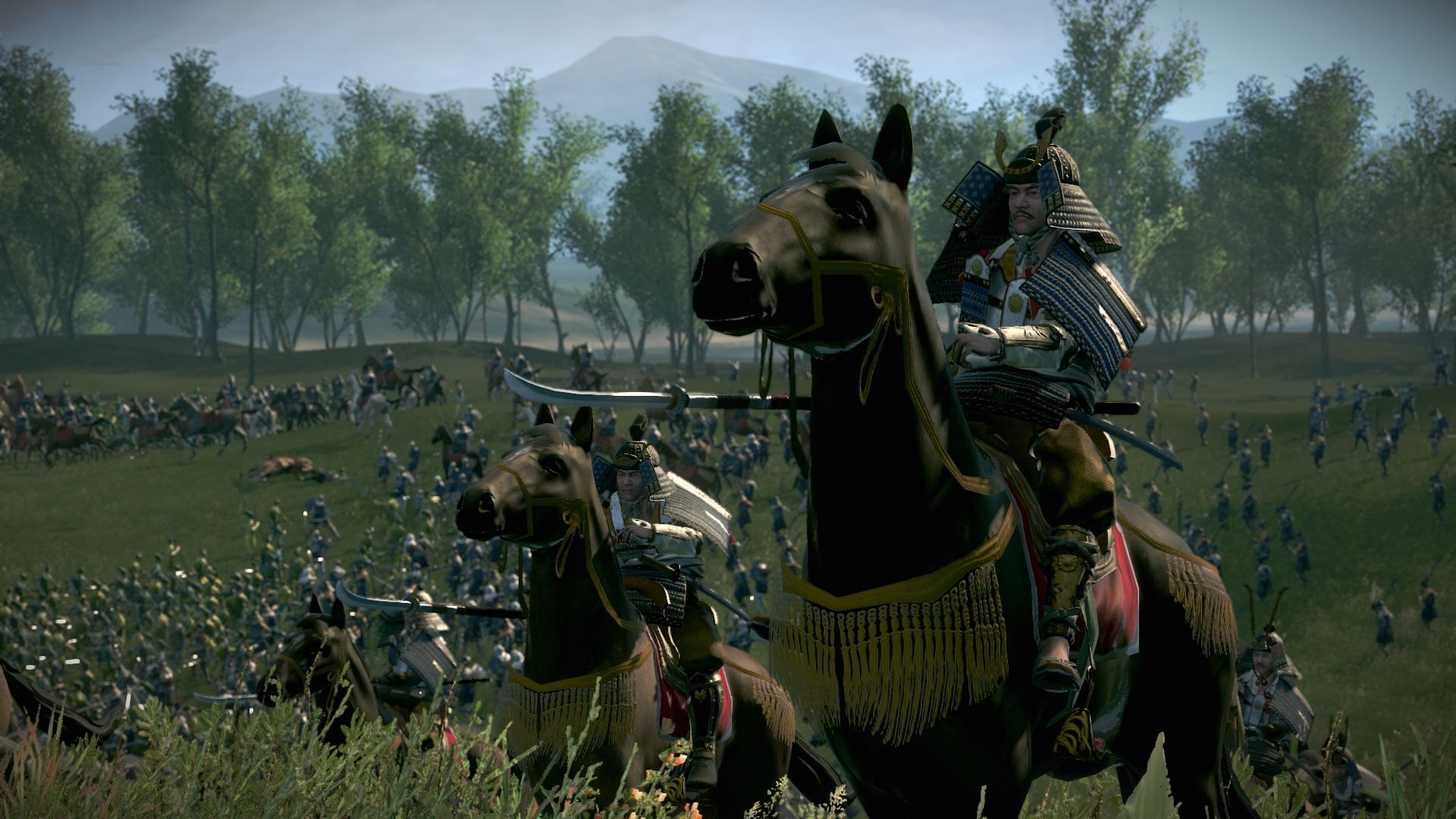

Naval artillery is an important weapon, but your fleets have an even more vital task. If you master artillery, you've added a devastating weapon to your arsenal. Getting barrages on target can take a bit of practice. Once you've called in the big guns, there's a bit of a wait before it arrives. This can scatter your foe's formation and open up gaps in their gunlines. If you're lucky, your strike will result in plenty of casualties, but even if you don't score a direct hit, the force of the impacts will send soldiers flying. This will spread out the incoming shells, delivering less destruction over a wider area, but more disruption to the enemy line.Ī well timed strike can obliterate enemy armies in tight rank and file formation. You can choose a focused bombardment, which is useful if you're going for a high-risk strike on a vital enemy unit (the one that carries their general, for example), but you'll probably do better with the less accurate strike. As long as the fight is initiated within the circular range indicator of your fleet on the campaign map, you'll be able to call down a couple of devastating bombardments during the real time battle. Naval artillery can be even more useful in battle. They'll have to spend some gold to get those buildings repaired as well, making shoreline bombardments a great way to soften up a province for invasion.

You can hammer farms and mines into disrepair, damaging your opponent's economy. On the strategic campaign map, you should use fleets to strike at unguarded resource buildings scattered throughout enemy provinces. This is an extremely powerful ability that you'll want to use constantly throughout your Fall of the Samurai campaign. If one of your armies enter battle within a friendly fleet's circle of influence on the campaign map, you'll be able to call down artillery to smash your enemies on the battlefield. Ships can now bombard cities, mines, farms, railway stations and even armies from the safety of the sea.


 0 kommentar(er)
0 kommentar(er)
